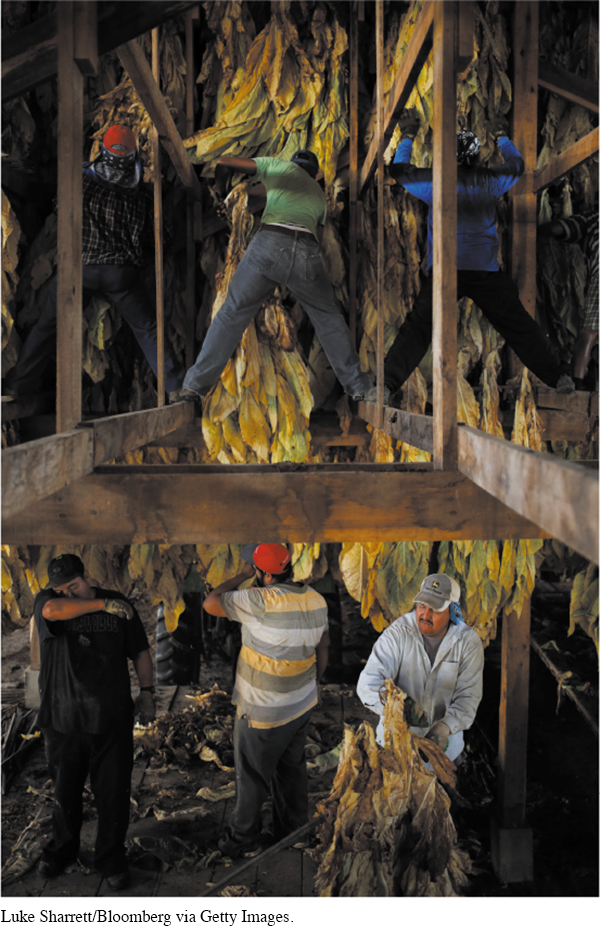The American Promise: Printed Page 906
The American Promise, Value Edition: Printed Page 822
The American Promise: A Concise History: Printed Page 938
The Internationalization of the United States
The United States experienced the dynamic forces of globalization in many ways. Already in the 1980s, Japanese, European, and Middle Eastern investors had purchased U.S. stocks and bonds, real estate, and corporations. Local communities welcomed foreign capital, and states competed to recruit foreign automobile plants. By 2002, the paychecks of nearly four million American workers came from foreign-
Globalization was also transforming American society, as the United States experienced a tremendous surge of immigration, part of a worldwide movement of some 214 million immigrants in 2010 alone. By 2014, the United States’ 42.2 million immigrants constituted 13.2 percent of the population. In contrast to earlier immigrants, who had come largely from Europe, by the 1980s the vast majority came from Asia, Latin America, and the Caribbean. Consequently, immigration changed the racial and ethnic composition of the nation. By 2014, 55 million Latinos constituted the largest U.S. minority group, at 17 percent of the population. But since 2010, more immigrants have come from Asia than from Latin America.
The American Promise: Printed Page 906
The American Promise, Value Edition: Printed Page 822
The American Promise: A Concise History: Printed Page 938
Page 907The promise of economic opportunity, as always, lured immigrants to America, and the Immigration and Nationality Act of 1965 enabled them to come. The law allowed close relatives of U.S. citizens to enter above the annual ceiling of 270,000 immigrants, thus creating family migration chains. Moreover, during the Cold War, U.S. immigration policy was generous to refugees from communism, welcoming more than 800,000 Cubans and more than 600,000 Vietnamese, Laotians, and Cambodians.

The racial composition of the new immigration heightened the long-
The new immigration was making America an international, interracial society. The largest numbers of immigrants flocked to California, New York, Texas, Florida, New Jersey, and Illinois, but new immigrants dispersed throughout the country. Taquerias, sushi bars, and Vietnamese restaurants appeared in southeastern and midwestern towns; cable TV companies added Spanish-
REVIEW What were the costs and benefits to the United States of globalization in the 1990s and early 2000s?